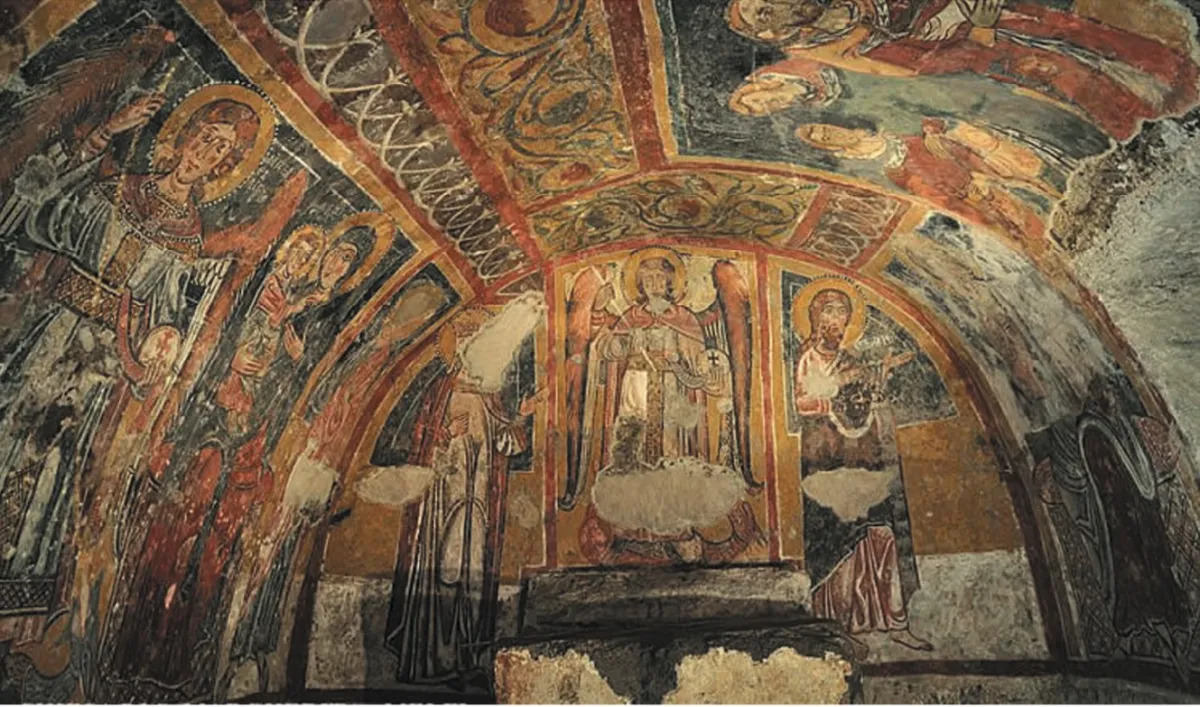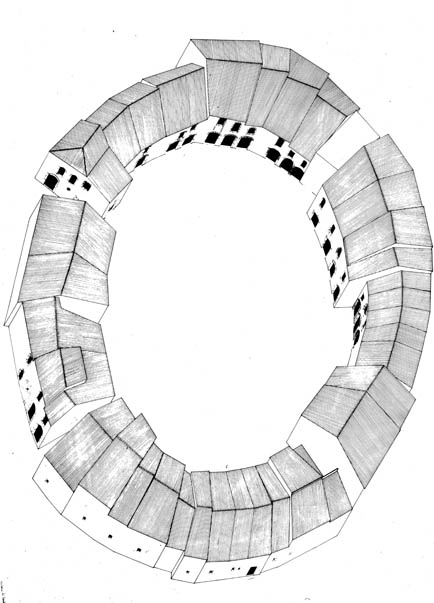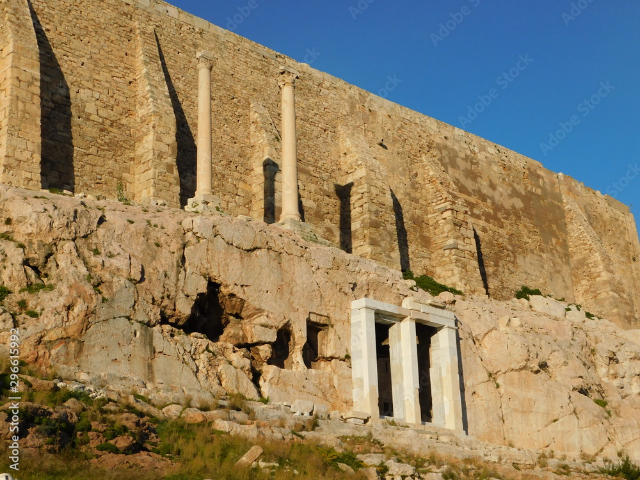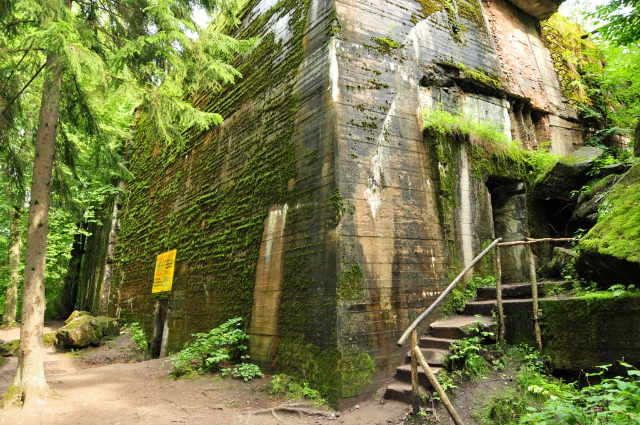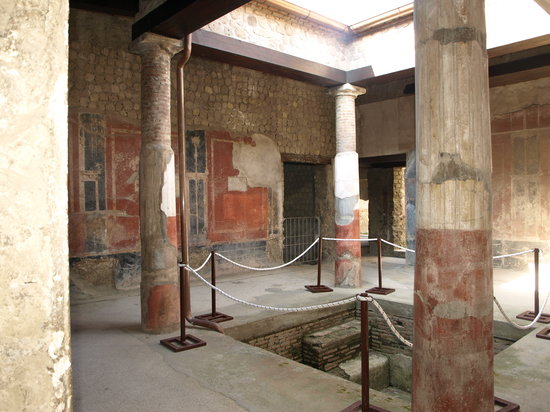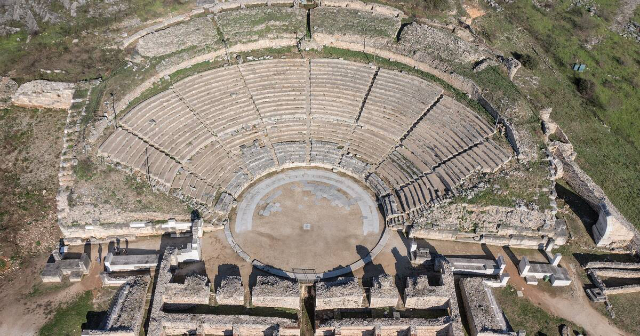The castle of Melfi is certainly one of the most important sites in Basilicata, both for its history (from the rooms of the castle Pope Urban called in 1089 the first crusade to the Holy Land) and because it houses the National Archaeological Museum of Melfi and the splendid Sarcophagus of Rapolla, a sculpture of rare value, from Asia Minor.
In our first stop, however, we will descend down the hill on which the fortress stands, to start along a path through the trees that leads to a small cave, hidden by a heavy door. This is the crypt of Santa Margherita, a small rock church carved into the rock, whose walls exhibit beautiful frescoes that tell mysterious stories. The church is dimly lit and shadows play with the drawings on the walls. As soon as we enter, however, if we look to our left we can not help but jerk seeing a fresco beautiful and scary at the same time. It is the "Reminder of the Dead", a painting dating back to the thirteenth century.
The theme of the work is that of the "memento mori", a macabre subject that often recurred in medieval Christian art with the aim of reminding men that what we do in life is but dust compared to the eternity that awaits the soul after death. In the crypt of Santa Margherita in fact the eye is immediately caught by two skeletons, which have a dark hole at stomach level, which is intended to represent the now rotting viscera devoured by parasites. Opposed to the skeletons there are three figures, a man, a woman and a child. Who are they? And why are they there?
There is still no absolute certainty about the identity of the figures but many historical analyses considered reliable seem to identify the man with the sovereign Frederick II of Swabia, accompanied by his wife Isabella of England and their young son Conrad IV.
There are several clues that lead back to the sovereign. First of all, the luxurious falconer’s clothes he is wearing. Frederick II was in fact a great lover of hunting with the falcon, so as to have written a treatise on the subject De Arti Vevandi cum avibus. There are also other clues that support this theory, such as the red beard, the ermine and the purple cloak, signs of power, the dagger in the Arab style that highlights the link between the king and the Middle East. characters also wear a bag over their shoulder on which is drawn a flower with eight petals. The number eight is not random in the symbolism of Frederick, but it is a number to which the Swabian sovereign was very attached, it is no coincidence that the famous Castel del Monte consists of eight towers.
Once the identity of the figures has been clarified, the meaning of the work is quite clear: not even the emperor can escape the ineluctable passage of time. A powerful signal for the believers who went to pray under the vaults of the cave, illuminated by the dim light of candles.
